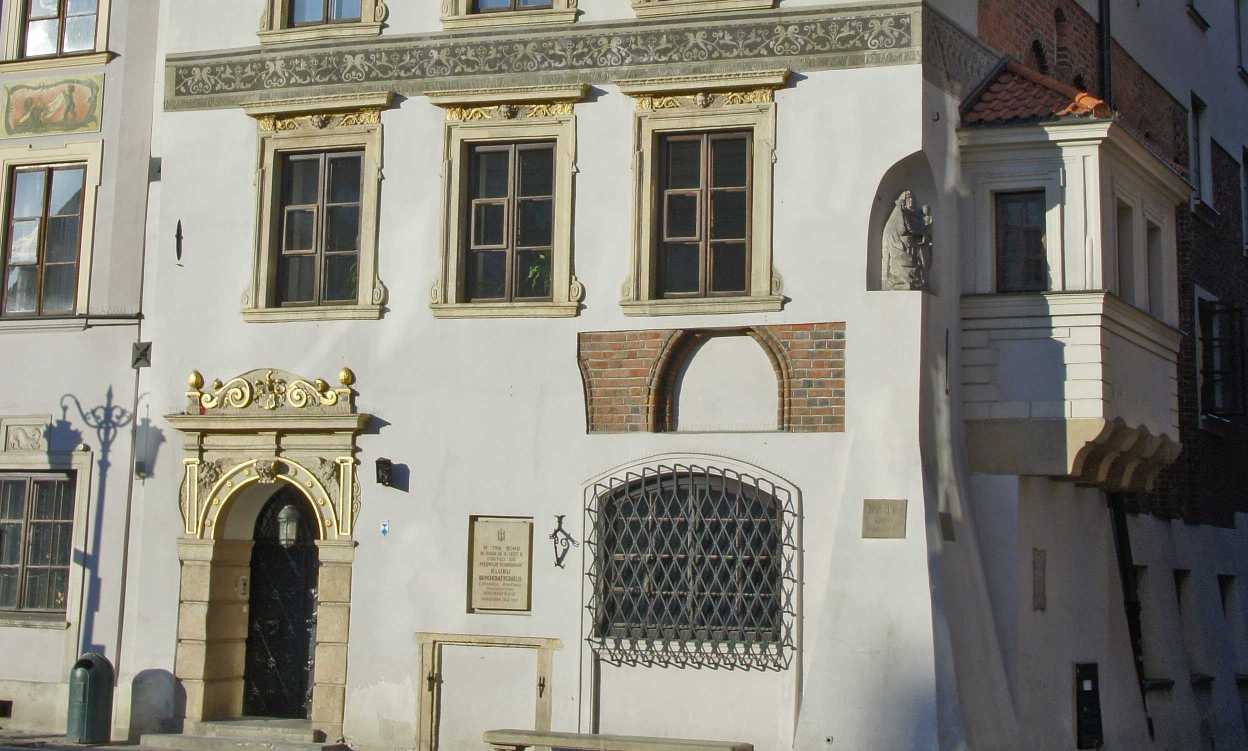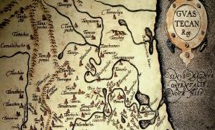castle
Canonical URL https://onto.kul.pl/ontohgis/settlement_type_114
castle
zamek - obiekt
Chronologically, a castle with its functions was preceded by a gord (non-brick, without buildings having both defensive and residential functions), while its successor was a palace (with defensive functions reduced), and a fortress (is was not necessarily a densely built-up structure, and there was no buildings with both defensive and residential functions). During the Early Modern era, military functions of castles were diminishing, but they continued to be residences. Newly established ones in their form imitated defensive buildings and due to this feature were called castles.
Chronologicznie funkcjonalnym poprzednikiem zamku był gród (niemurowany i bez budynków łączących funkcje obronne i rezydencjonalne), a następcą pałac (bez funkcji obronnych) i twierdza (nie musiała być założeniem zwartym i bez budynków łączących funkcje obronne i rezydencjonalne). W epoce nowożytnej i później zamki w coraz mniejszym stopniu pełniły funkcje militarne, ale zachowywały ciągłość funkcji rezydencjonalnych lub, nowopowstałe, w architekturze naśladowały budowle obronne i z tego względu były nazywane zamkami.
| predicate | object |
|---|---|
| hasOntologicalVerificator |
Piotr Kulicki
|
| hasTranslator |
Wiesława Duży
|
| creator |
Marek Słoń
|
| isDefinedBy |
"Castle is a brick, densely built-up, closed, usually complex structure, within which at least some buildings have both defensive and residential functions; built in the Middle Ages or later but then in a form referring to that period."@en
"Murowane, zwarte, zamknięte, zwykle wieloczłonowe założenie, w którym przynajmniej część budynków pełni funkcje zarazem obronne i rezydencjonalne; powstałe w średniowieczu lub nawiązujące formą do tej epoki."@pl |
| prefLabel |
"castle"@en
"zamek"@pl |
| altLabel |
"Burg"@de
"Schloss"@de "castellum"@la "castrum"@la |
| label |
"castle"@en
"zamek - obiekt"@pl |
| type |
owl:Class
|
| seeAlso |
Castle
Castle 300006891 Q23413 "miejsce obronne, twierdza"@pl "od średniowiecza do w. XVII obronna siedziba pana feudalnego, ośrodek władzy; w XVII w. i później królewska, książęca lub magnacka rezydencja miejska lub pozamiejska"@pl |
| hasLanguageVerificator |
Paulina Wacławik
|
| hiddenLabel |
"arx"@la
"forteca"@pl "gród"@pl "pałac"@pl "twierdza"@pl |
| comment |
"Chronologically, a castle with its functions was preceded by a gord (non-brick, without buildings having both defensive and residential functions), while its successor was a palace (with defensive functions reduced), and a fortress (is was not necessarily a densely built-up structure, and there was no buildings with both defensive and residential functions). During the Early Modern era, military functions of castles were diminishing, but they continued to be residences. Newly established ones in their form imitated defensive buildings and due to this feature were called castles."@en
"Chronologicznie funkcjonalnym poprzednikiem zamku był gród (niemurowany i bez budynków łączących funkcje obronne i rezydencjonalne), a następcą pałac (bez funkcji obronnych) i twierdza (nie musiała być założeniem zwartym i bez budynków łączących funkcje obronne i rezydencjonalne). W epoce nowożytnej i później zamki w coraz mniejszym stopniu pełniły funkcje militarne, ale zachowywały ciągłość funkcji rezydencjonalnych lub, nowopowstałe, w architekturze naśladowały budowle obronne i z tego względu były nazywane zamkami."@pl |
| subClassOf |
housing building
|
| hasExternalIdentifier |
"114"^^ |

